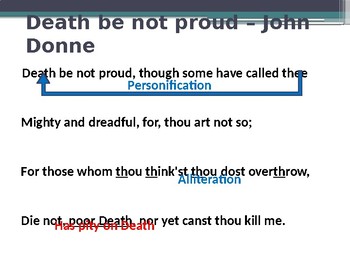

Italian, where eight lines consisting of two quatrains make up the first section of the sonnet, called an octave.Its rhymes are arranged according to one of the following schemes: Sonnets are made up of fourteen lines, each being ten syllables long. It is generally believed, however, that Shakespeare’s sonnets were autobiographical. Poems were circulated within groups of educated intellectuals and they did not necessarily reflect the poet’s true emotions, but were a form of intellectual showing-off! This may not have been true of all it is a matter of academic debate today. For example, Sir Philip Sydney in the Astrophil and Stella sonnet sequence wrote in this mode.

It reaches back to the Medieval Romances, where a woman is loved and idealised by a worshipping admirer. The sonnet genre is often, although not always, about ideals or hypothetical situations. It therefore fits the definition of an English or Shakespearean sonnet.Ī sonnet is a poem which expresses a thought or idea and develops it, often cleverly and wittily. The location of the volta or ‘turn’ in this poem is a matter for debate, but the most likely is at line twelve, where the negative comments about death are replaced by a positive couplet on the triumph of eternal life after ‘one short sleep’. The dominant metaphysical conceit extended through the poem is of death as a personified force that appears powerful, a leveller of great men, but ultimately defeated by eternal life after ‘one short sleep’. This gives a steady, dignified tread, appropriate for such a solemn, important subject. The metrical rhythm is iambic pentmeter, where a iamb is formed of one unstressed followed by one stressed syllable. The poem is written in sonnet form - for more about sonnets see below - using the rhyming scheme ABBA, ABBA, CDDC, EE, a variation of the English-style sonnet of three rhyming quatrains followed by a couplet (see below). In the process, he argues that death is nothing to be afraid of. Because death takes everyone, Donne portrays it as a proud, arrogant entity - but one that is powerless in the end. In it, he personifies death as a way of mocking it. “Death be not proud” was written circa 1610, when Donne was around 38 years old.


 0 kommentar(er)
0 kommentar(er)
